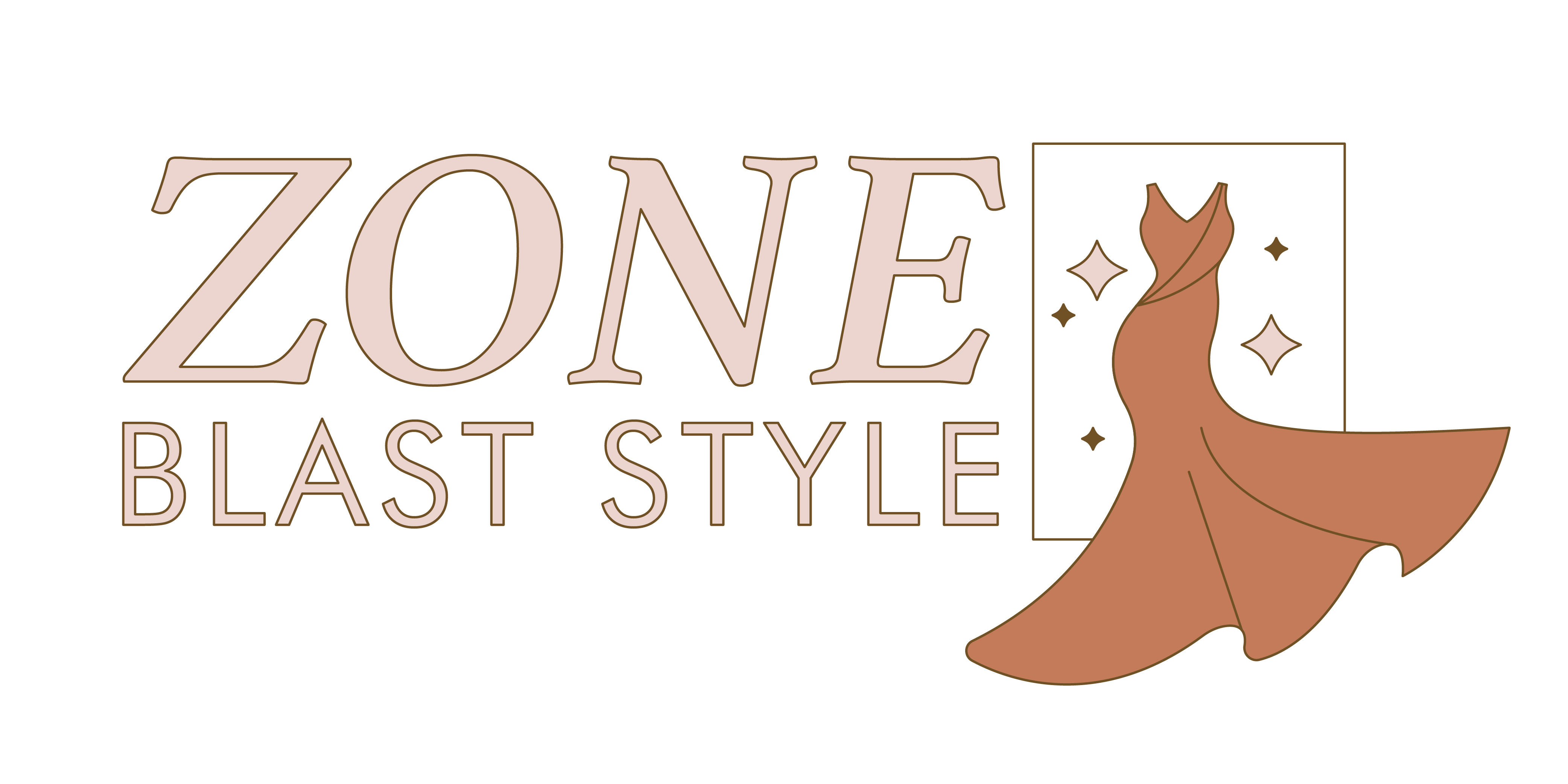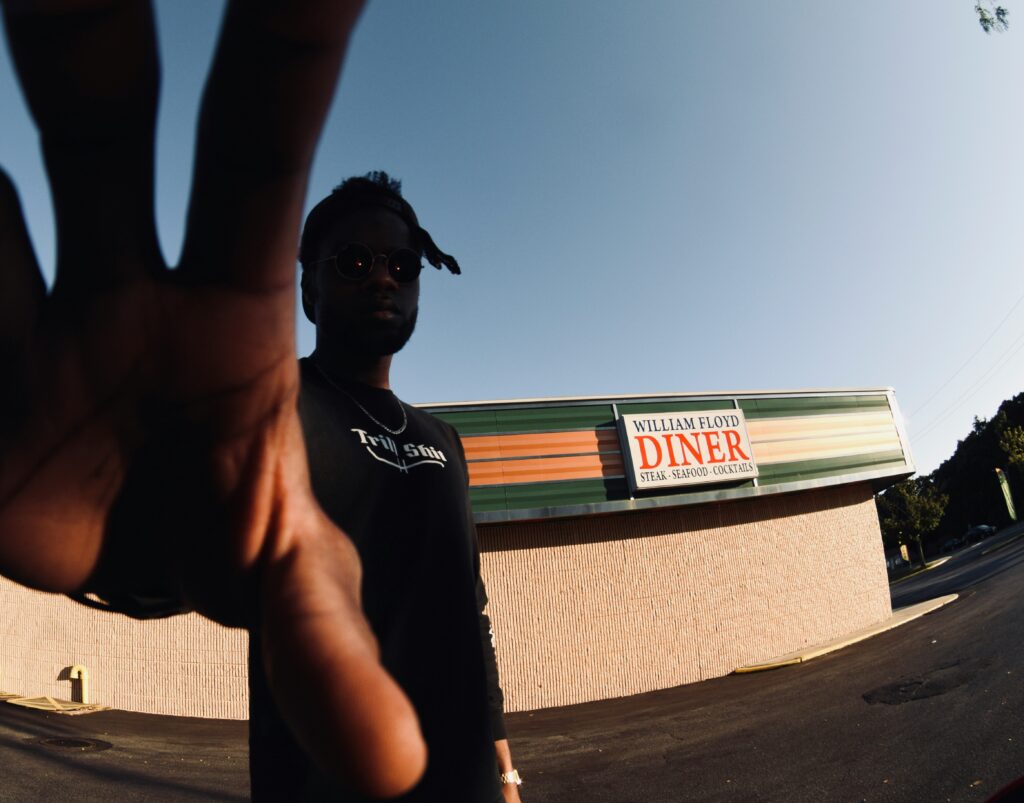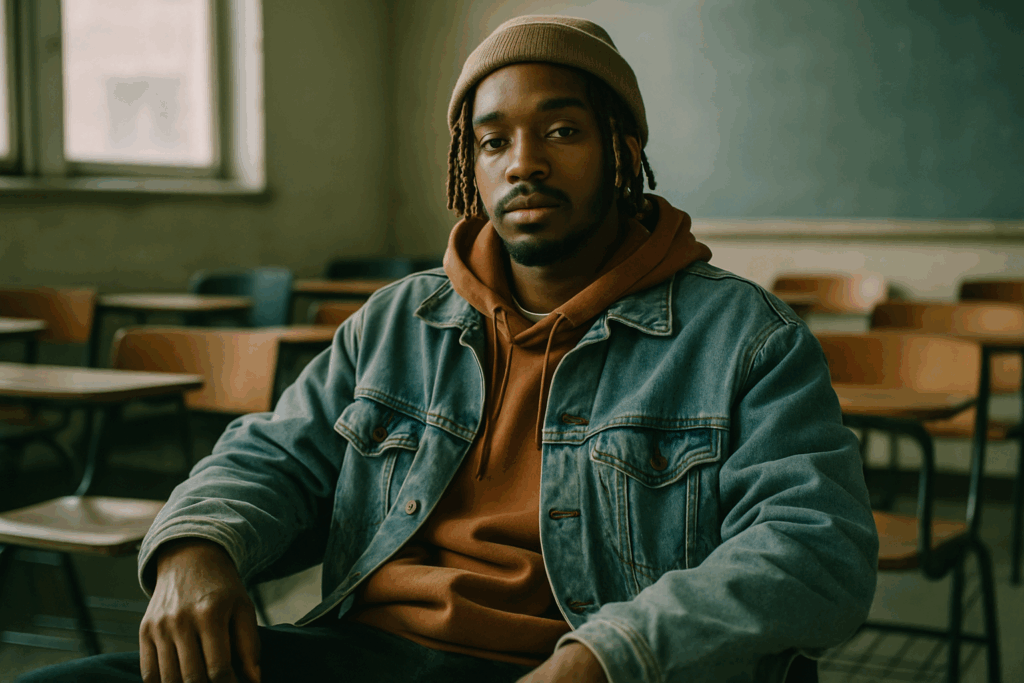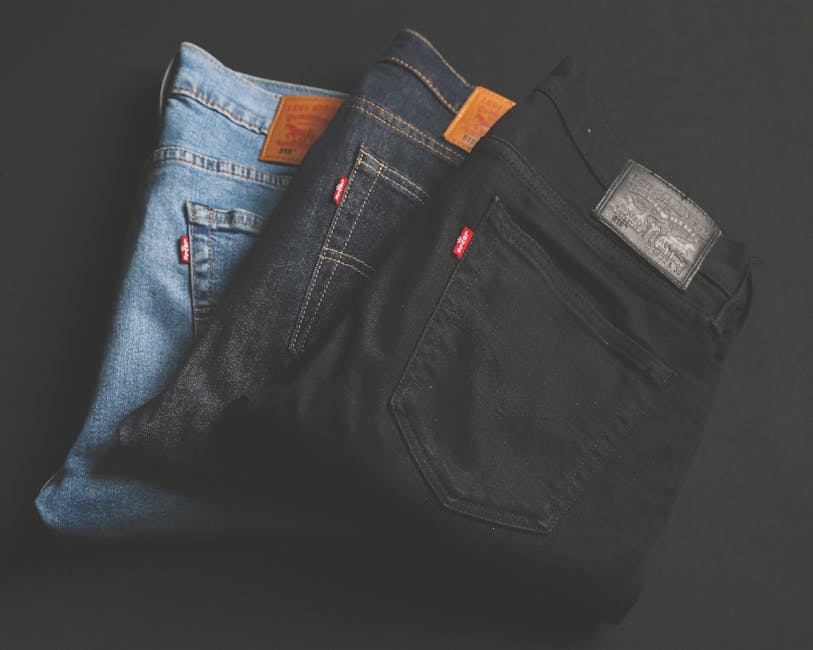The Current State of Streetwear
Streetwear didn’t just blow up overnight—it’s been building a slow, relentless climb from skate parks and music scenes to global billboards and red carpets. What started as a niche movement rooted in rebellion and DIY culture is now fully cemented in the mainstream. Brands that once relied on hand-to-hand drops are now doing capsule lines with luxury houses. The landscape’s louder, bigger, and more visible—but still deeply influenced by where it all came from.
In 2024, you’re seeing two forces collide: high fashion’s precision and exclusivity, and underground culture’s raw expression. The result? Labels that balance polish with edge—looks that feel premium without selling out the culture. Think tailored silhouettes with distressed details. Premium textiles cut into boxy, logo-heavy pieces. It’s not just what you wear, but what it signals.
As for who owns the moment? The brands earning real hype this year aren’t just pushing product. They’re building worlds—through tight drops, curated storytelling, and community codes. Scarcity still works, but narrative matters more. People want to feel in on something, not just buy into it.
Streetwear in 2024 isn’t one-size-fits-all. It thrives in the tension: local vs. global, high vs. low, hype vs. substance. The brands that win know how to ride that line—and make you want to follow.
Brand Spotlight: Corteiz
Corteiz didn’t sneak in through the industry’s side door—it kicked it open. Launched in London by Clint419, Corteiz (often stylized as CRTZ) came up raw and unapologetic, thriving outside the traditional hype machine. No big investors. No runway shows. Just energy, exclusivity, and a tight grip on street culture. The brand’s rise wasn’t about mass visibility—it was about cult-level loyalty. Corteiz grew by speaking directly to the streets, using coded marketing and guerrilla tactics that felt more like a movement than a sales funnel.
At the core is a sharp philosophy: control the narrative, control the demand. Corteiz’s drop strategy is textbook scarcity. Releases are limited and timed like raids—unannounced, chaotic, and over in minutes. Stock vanishes fast; hype sticks around longer. By keeping supply brutally low and releases unpredictable, Corteiz leverages anticipation like currency. People don’t just want CRTZ. They chase it.
Still, Corteiz isn’t just about being hard to get. It’s been building a deeper cultural footprint through bold, unexpected collabs and moments. The Nike x Corteiz Air Max 95 collab flipped the game and brought global attention to a brand that had been fiercely independent. Street-level marketing stunts—like pop-ups announced with barely any warning—add to the legend. For many, Corteiz isn’t just clothing. It’s rebellion in fabric form.
Bottom line? Corteiz earned its place not by following trends, but by making its own rules—and making them stick.
Brand Spotlight: Aime Leon Dore
Aime Leon Dore doesn’t just come from New York—it feels like New York. The brand breathes Queens-born grit and Manhattan polish. Its DNA is stitched with prep school tailoring, ’90s hip-hop, and corner-store realism. That blend gives ALD its distinct flavor: one foot in clean-cut classicwear, the other in the rhythm of the street. Think wool varsity jackets paired with loafers, or basketball shorts teamed with oxford shirts.
What sets ALD apart is subtlety with substance. The materials say luxury; the storytelling says community. Founder Teddy Santis isn’t building hype for hype’s sake—he’s curating a lifestyle, one café visit, basketball run, or bodega trip at a time. It’s aspirational, but grounded. You’re not buying into flash; you’re buying into a mindset that respects heritage and honors the block.
More than clothing, ALD builds cultural credibility through tight-knit drops, collabs with legacy brands (like New Balance), and a visual identity that always circles back to its roots. The customer isn’t just a consumer—they’re part of the brand’s narrative. That community-first energy is what keeps Aime Leon Dore not just seen, but felt.
Brand Spotlight: ERL
Bold Visuals Meet West Coast Vibes
ERL has carved a niche by blending West Coast cool with offbeat, nostalgic design. Founded by Eli Russell Linnetz in Venice Beach, the brand leans into colorful, cinematic visuals that feel both vintage and futuristic. The aesthetic is unmistakably rooted in California youth culture—warm sunsets, skateparks, and eccentric self-expression.
- Saturated color palettes reminiscent of 90s surf movies
- Photographic prints that feel like film stills
- A mood that merges Americana with playful surrealism
Reinventing Skate Culture Through Fashion
More than a clothing brand, ERL is a creative lens on skate culture’s evolution. While most skatewear relies on gritty realism, ERL introduces whimsy, nostalgia, and emotional depth. It’s skatewear reimagined—emotive, conceptual, and visually rich.
- Challenging traditional skatewear norms
- Infusing skate style with high-fashion elements
- Continual nods to personal and generational storytelling
Key Pieces and Design Signatures
From puffer jackets with dramatic silhouettes to fleece hoodies in dreamy color gradients, ERL’s garments are wearable statements. Each piece tells a story—whether it’s through fabric, fit, or print.
Notable ERL staples:
- Oversized quilted puffers with bold textures
- Knitwear featuring gradient rainbow and tie-dye patterns
- Vintage-inspired athletic gear with a twist
- Layered looks emphasizing volume and dimension
ERL isn’t trend-chasing; it’s reshaping the language of modern streetwear through cinematic flair, introspective design, and West Coast storytelling.
Brand Spotlight: Hidden NY (or Hidden®)
Hidden® started as an anonymous Instagram page, curating rare sneakers, forgotten fashion references, and blink-and-you-miss-it street moments. It wasn’t a brand at first—it was a vibe. But the mood it captured hit hard with a generation fluent in internet culture and high-low aesthetics. What followed was organic: a shift from digital curator to culture-shaping label.
Now, Hidden® moves in silence. No major ad buys. No loud announcements. Just cryptic story posts, timed drops, and a loyal, plugged-in following that knows when to reload the site at just the right second. Part of the appeal is scarcity. The brand doesn’t shout—it whispers, and still sells out.
As other labels chase numbers, Hidden® leans into mystique and meaning. It’s a kind of meta-streetwear for the hyper-online—a blend of internet-savvy taste and physical-world relevance. The result? Quiet releases with real cultural weight. Around Hidden®, less is more. But it’s never less intentional.
Brand Spotlight: Kidsuper
Kidsuper isn’t just another streetwear label—it’s a living experiment where art, clothing, and storytelling collide. Founded by Colm Dillane, the brand walks the line between a fashion label and an ongoing creative project. He’s not just designing hoodies; he’s creating characters, painting canvases, directing short films, and putting out clothes that feel like artifacts from his own animated universe.
The aesthetic? Playful but deliberate. Think hand-drawn graphics, bold color palettes, and eccentric tailoring. His collections rarely feel seasonal—they feel narrative-driven. One drop might be about friendship, the next about failure and dreams. You’re not just wearing a Kidsuper piece, you’re stepping into a story. That’s what makes it stick.
Dillane’s collaborations with brands like Puma, his Paris Fashion Week appearances, and even his stint as a guest designer at Louis Vuitton prove that Kidsuper isn’t a fringe operation anymore. But unlike labels that polish out their quirks with success, Kidsuper leans into the weird. It stays raw, weirdly poetic, and impossible to predict.
In a scene where replication runs rampant, Kidsuper is one of the few that continues to surprise. Or at least makes you smile before it does.
Honorable Mentions
While the spotlight often shines on the biggest names, several other brands are pushing boundaries and shaping the future of streetwear in quieter—but no less impactful—ways. These labels deserve a spot on your radar.
Teddy Fresh: Loud Designs, Bold Identity
Teddy Fresh stands out with unapologetically bright color palettes and playful designs. Built around a personality-driven approach, the brand leans into individuality and nostalgia, often incorporating cartoon graphics and retro aesthetics.
- Known for colorful knits, patchwork, and graphics
- Co-founded by influencer Hila Klein, giving it a strong fanbase
- Appeals to creators, streamers, and Gen Z creatives
PLEASURES: Punk Influence, Cultural Depth
Rooted in punk, grunge, and counterculture, PLEASURES fuses fashion with messaging. The brand has earned attention for bold prints, vintage references, and graphic-heavy design.
- Frequently features shocking or thought-provoking visuals
- Deeply influenced by music, especially the 90s underground scene
- Collaborations with brands like Converse and Adidas
Cold Laundry: Minimalism with Vision
Cold Laundry brings a fresh, clean aesthetic to streetwear. Founded by a husband-and-wife duo, the brand focuses on minimal design, soft color palettes, and progressive silhouettes that feel ahead of the curve.
- Neutral tones and futuristic cuts define the look
- Focuses on quality, inclusivity, and ethical production
- Perfect for those who prefer subtlety over hype
These labels may differ in vibe, but they each bring something original to streetwear’s fast-evolving landscape.
How to Wear These Brands Right Now
Streetwear is loud, but wearing it doesn’t have to be. The key to pulling it off in 2024 isn’t grabbing the latest drop just because it’s hyped—it’s how you balance it. Start with classic staples: a crisp white tee, clean denim, tonal outerwear. Then mix in a trending piece—maybe an oversized ERL puffer or a Kidsuper illustrated hoodie. Let the trend lead, but not overpower.
Layering is critical. Think proportions: boxy hoodie under a tailored coat; baggy cargos balanced by a fitted long sleeve. It’s a mix of tension and looseness. The goal is to look considered, not like you threw on everything from the explore page.
Most importantly, wear it how you live. These pieces shouldn’t feel like costumes. Whether you’re in a boardroom or at a skate park, the fit should hold up to your lifestyle. Pick pieces that speak to where you’re from and what you value.
Need guidance? Check this breakdown on How to Incorporate Streetwear into Your Everyday Wardrobe.
Final Word
The streetwear brands leading in 2024 aren’t just selling hoodies and sneakers—they’re building stories, values, and communities. The most exciting names right now have a point of view. Whether it’s Corteiz flipping middle fingers at industry norms or Kidsuper turning fashion into performance art, these labels bring more to the table than just a good logo.
Hype fades. That next wave of talent? It’s already uploading lookbooks, popping up on creator-led platforms, and doing pop-ups where you’d least expect it. Stay sharp. The scene’s moving fast.
If you’re into this world, don’t let trends do your thinking. Learn why a brand moves you. Follow the designers, not just the drops. And when you wear the piece, know what it stands for. Streetwear works best when it means something—not when it just flashes the tag.


 Founder & Creative Director
Founder & Creative Director
